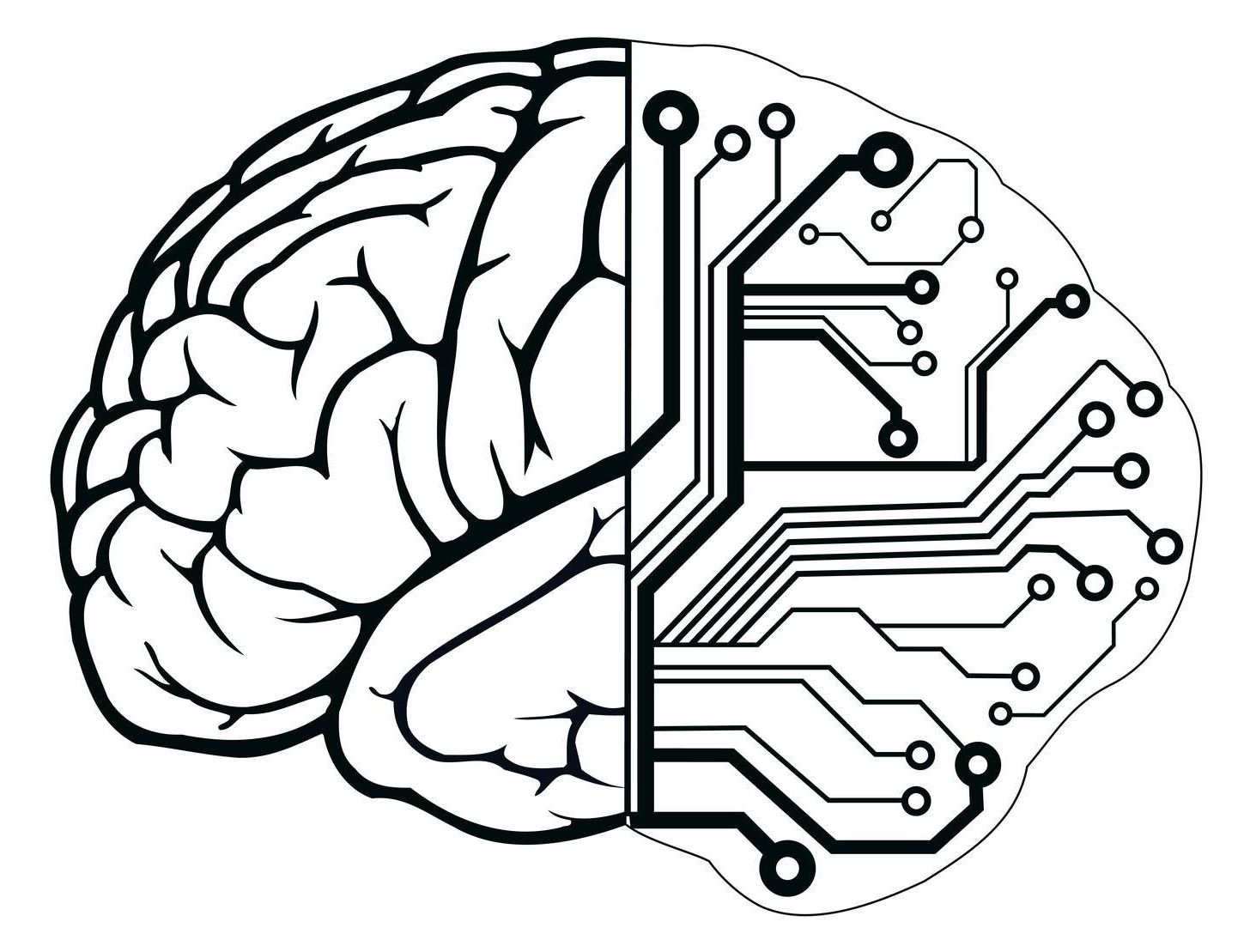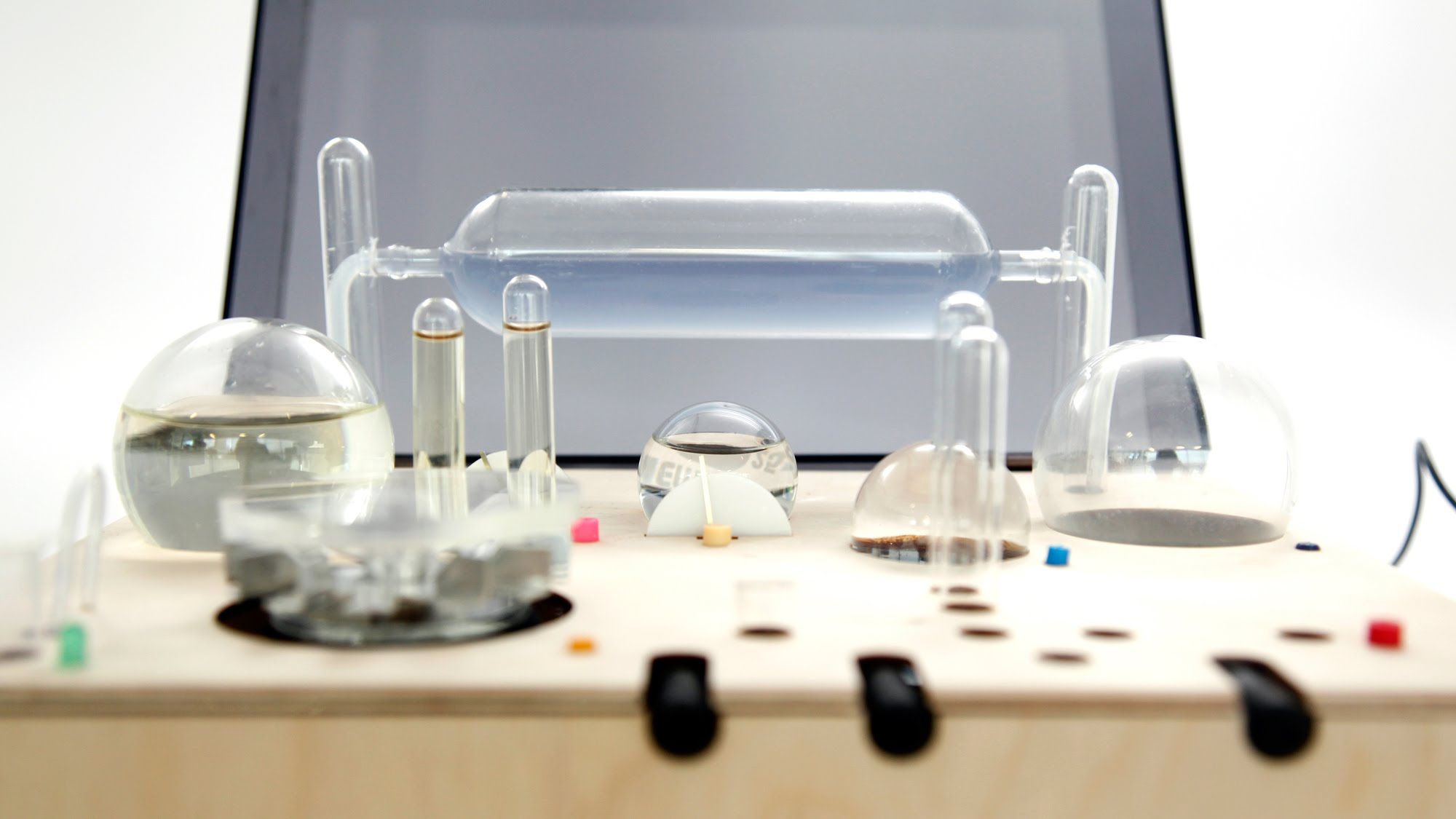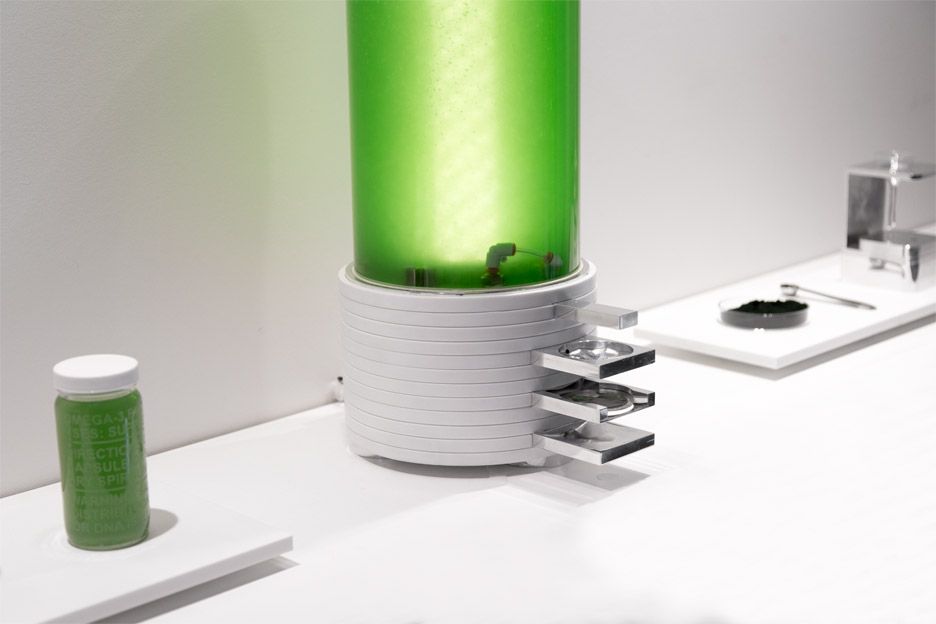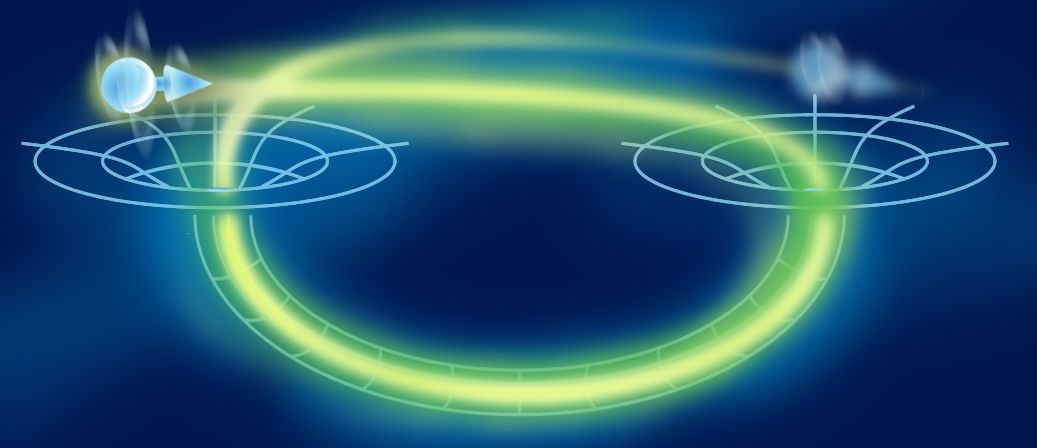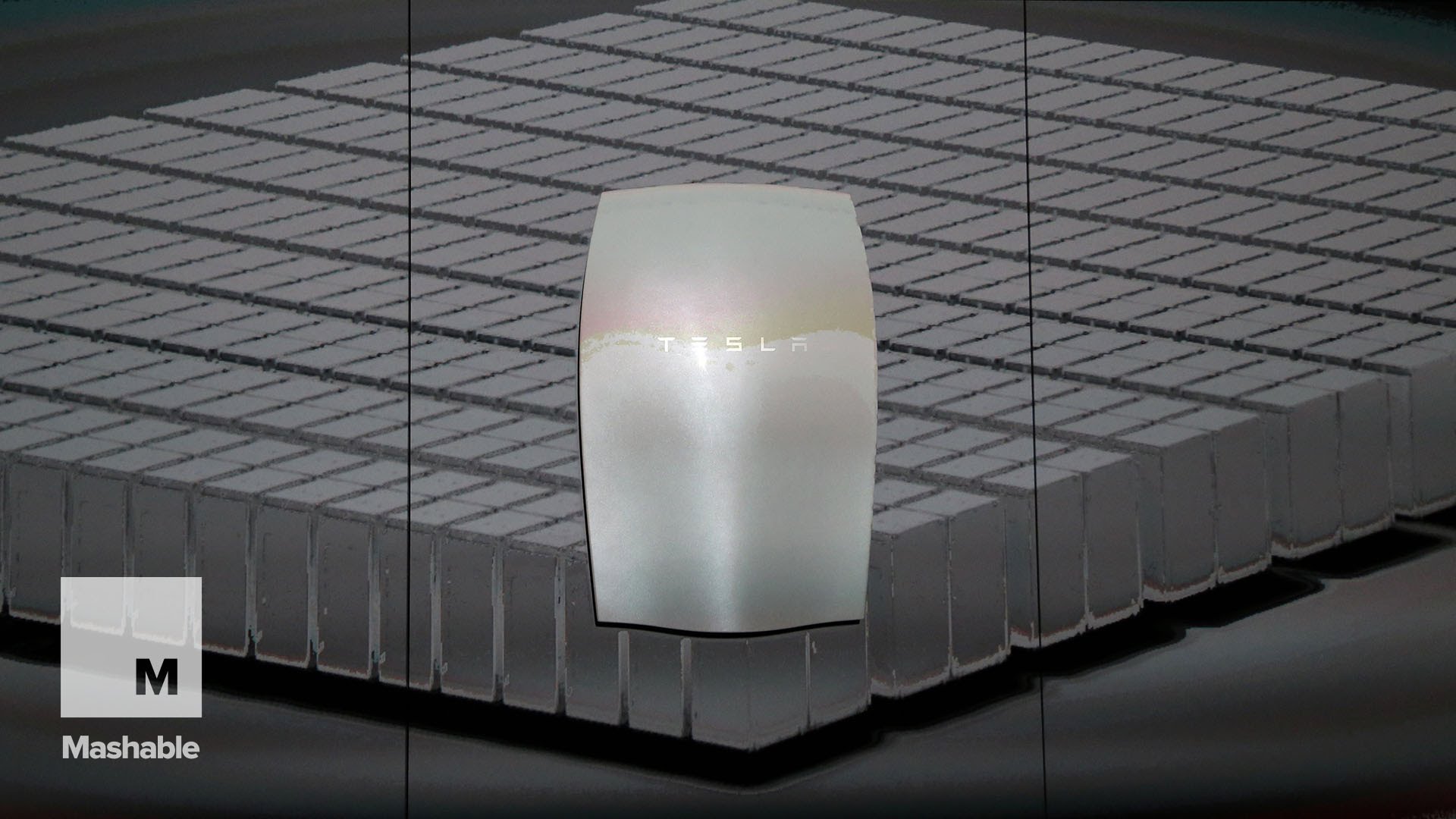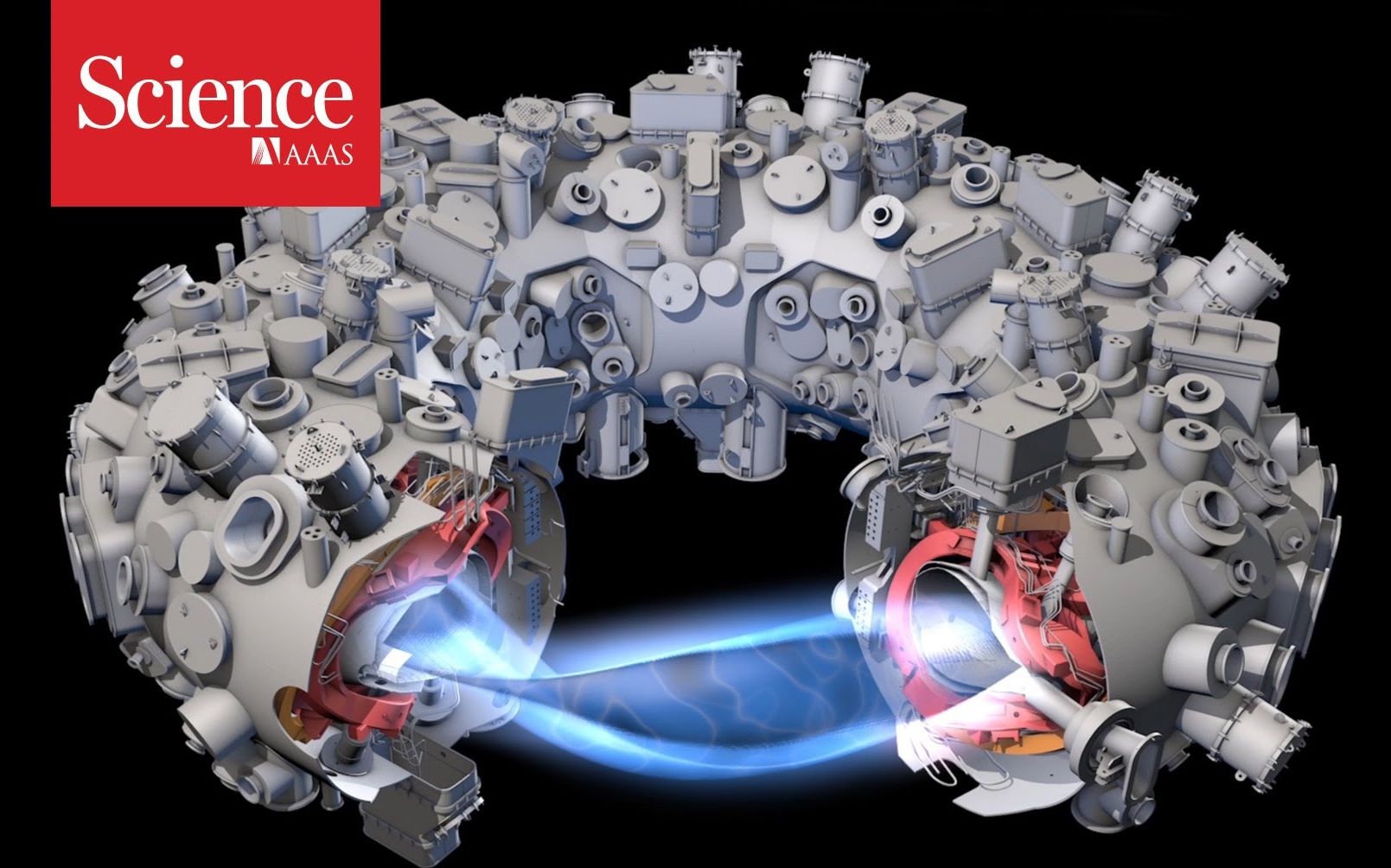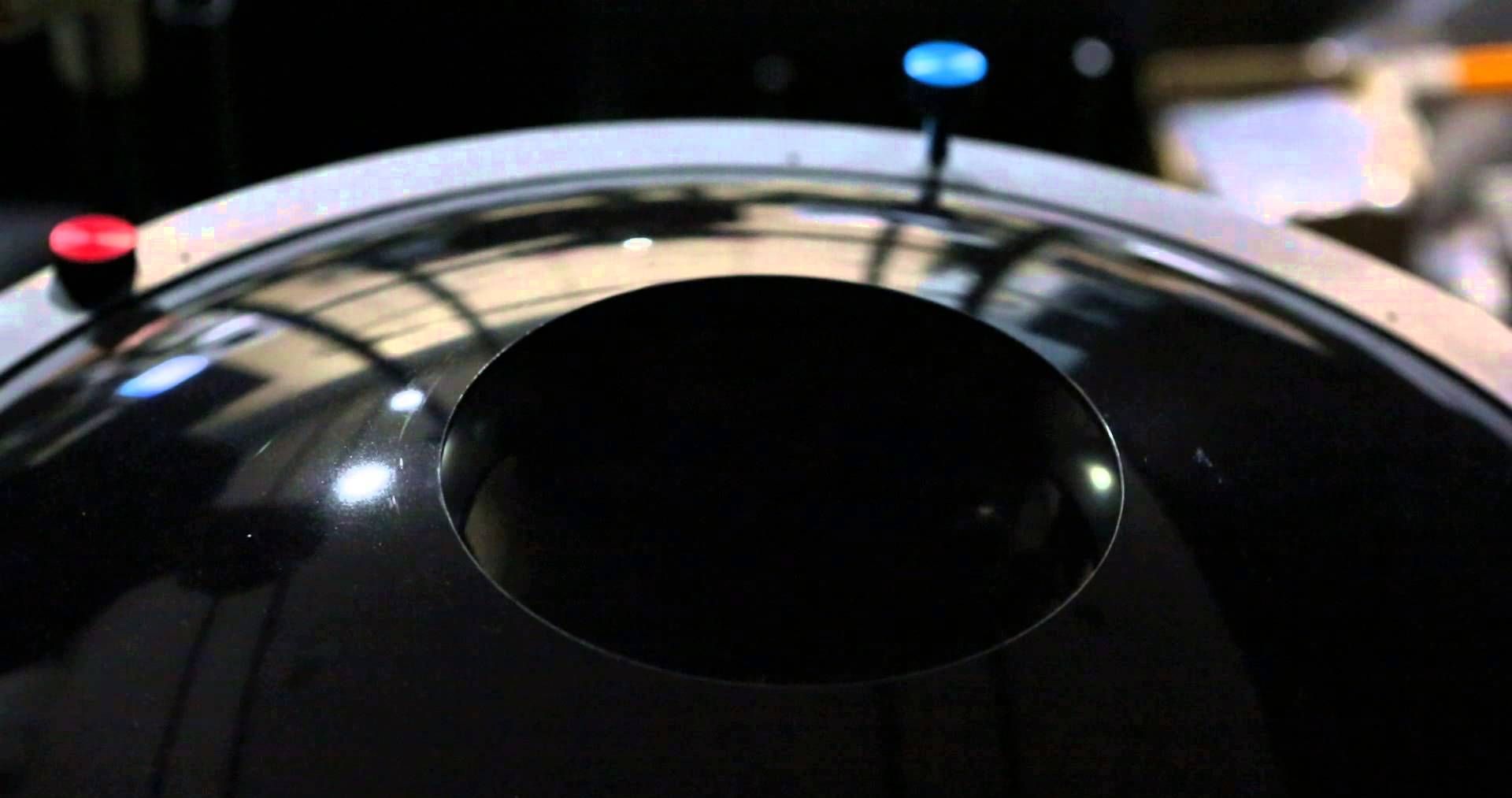Recently, the study of potential risks from advanced artificial intelligence has attracted substantial new funding, prompting new job openings at e.g. Oxford University and (in the near future) at Cambridge University, Imperial College London, and UC Berkeley.
This is the dawn of a new field. It’s important to fill these roles with strong candidates. The trouble is, it’s hard to find strong candidates at the dawn of a new field, because universities haven’t yet begun to train a steady flow of new experts on the topic. There is no “long-term AI safety” program for graduate students anywhere in the world.
Right now the field is pretty small, and the people I’ve spoken to (including e.g. at Oxford) seem to agree that it will be a challenge to fill these roles with candidates they already know about. Oxford has already re-posted one position, because no suitable candidates were found via the original posting.
